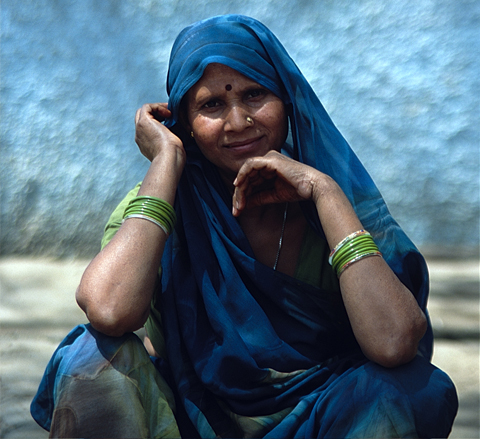

We equip, mobilize, educate, and empower women and girls to achieve gender equality. C3 works in regions where there is felt a need for changing systems, mind-sets and behaviours, so that girls and women can find safe spaces for realizing their potential. We identify the immediate local needs and structural concerns of communities, and design projects, strategies and programs to provide sustainable solutions. Our programs reflect local values and engage with boys and men, local leaders, women’s collectives and community groups to work together for empowering girls and women. We leverage government policies and schemes to achieve scalability and longevity for our programs.
-
Diverse Projects
Under ProgramsTo meet critical needs
-
Amplifying Voices
For ChangeAnd evidence-based policy-making
-
Strong, Vibrant
AlliancesWith global and national associates


